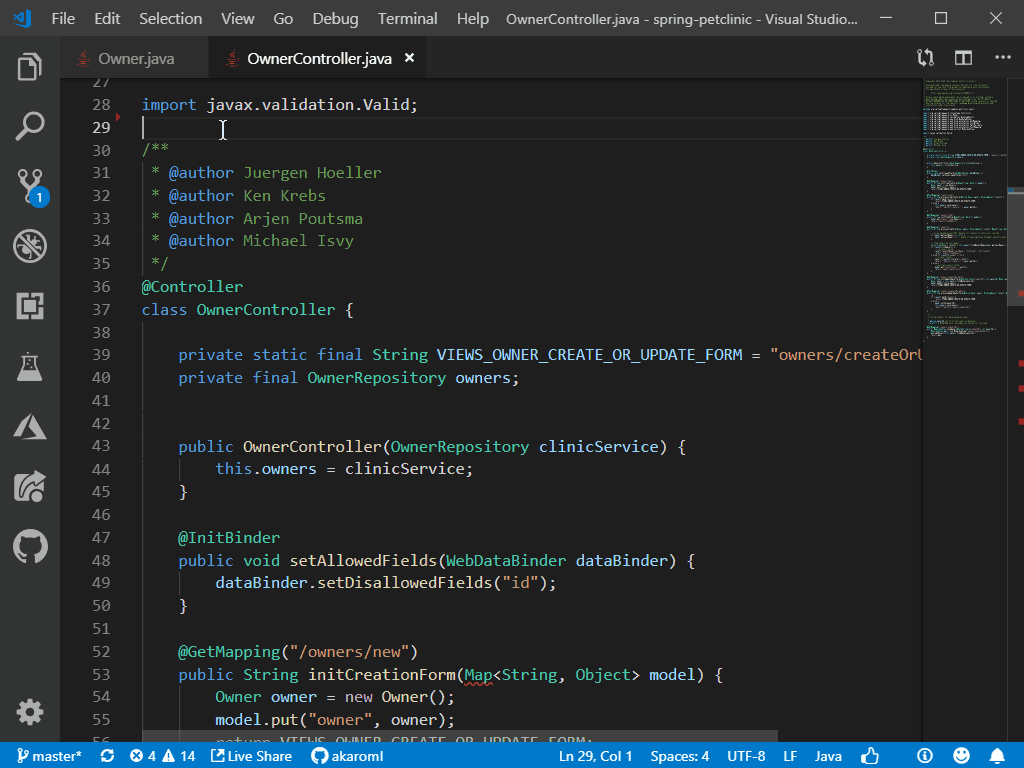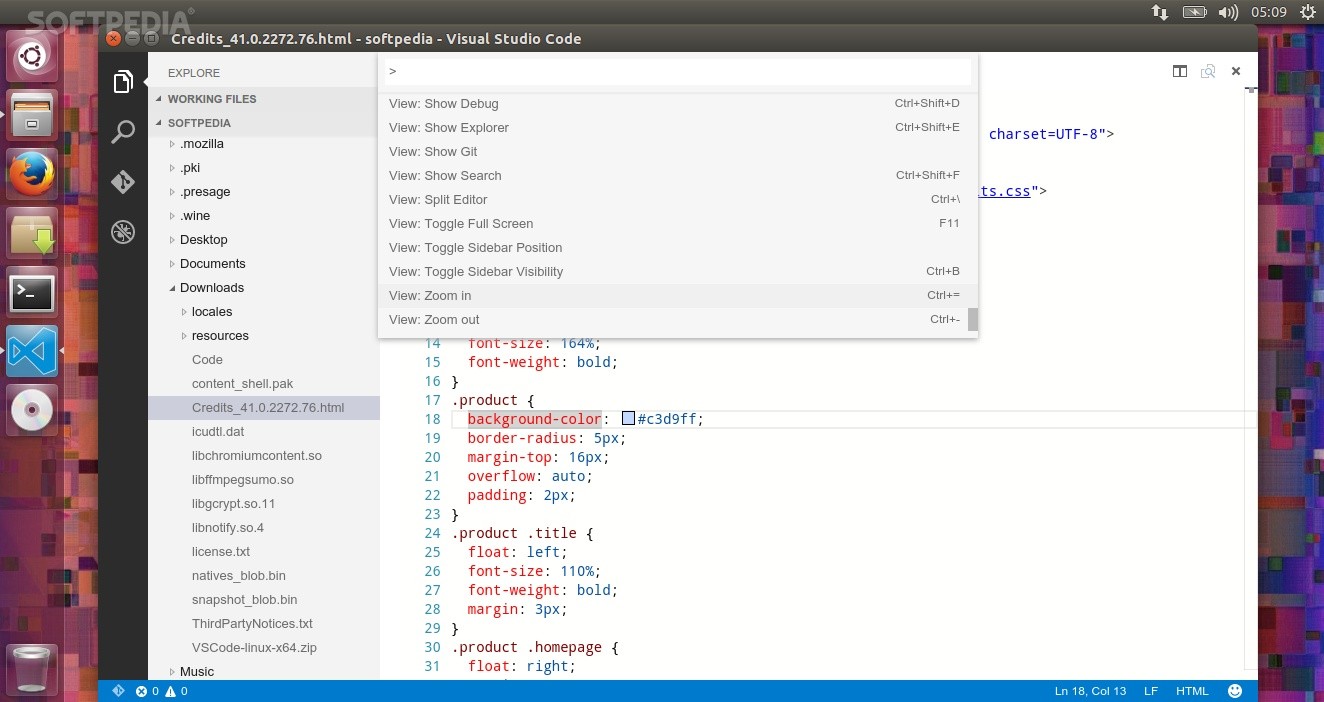


Note Make sure Xdebug configuration is present in the php -ini output after the opcache.ini configuration. You can name it 99-xdebug.ini and copy the following content to the file: zend_extension="xdebug.so" Otherwise, create a new file in conf.d folder. If there is an ini file with xdebug in the name, open that one. ini files parsed: /etc/php/8.1/cli/conf.d/10-opcache.ini, ini files in: /etc/php/8.1/cli/conf.dĪdditional.

Loaded Configuration File: /etc/php/8.1/cli/php.ini The output should look similar to this: Configuration File (php.ini) Path: /etc/php/8.1/cli Locate php.ini by running the following command: php -ini If the output contains Xdebug, you are done. With Xdebug v3.1.5, Copyright (c) 2002-2022, by Derick Rethans With Zend OPcache v8.1.7, Copyright (c), by Zend Technologies Zend Engine v4.1.7, Copyright (c) Zend Technologies In Fedora-based Linux distributions, run the following command: sudo dnf -y install php-xdebugĬommands for other Linux distributions are listed in Xdebug documentation In Debian-based Linux distributions like Ubuntu, run the following command: sudo apt-get install php-xdebug To debug PHP applications with PHP Tools for Visual Studio Code, it is necessary to install and enable Xdebug extension in PHP.


 0 kommentar(er)
0 kommentar(er)
